
Oklahoma
Oklahoma requires AED programs to implement AED placement reporting. The Good Samaritan law protects all AED-related activities for all participants. All other AED program activities are not protected. Oklahoma requires AEDs to be placed in schools.
Choose a State:
Oklahoma Law Key Takeaways
| Requirement | Summary |
|---|---|
| Good Samaritan Law | Protection from civil liability is extended (except for acts of gross negligence or willful or wanton misconduct in the use of the AED) to rescuers; entities or persons who own, lease, possess or control AEDs; CPR/AED trainers; and physicians who prescribe AEDs. |
| EMS Notification | The possessor of an AED must notify EMS of the location of the AED. |
| Schools |
Public schools are required to have an AED, funding permitting. Students in public high schools must receive CPR/AED training at least once before graduating. |
Products to help you stay compliant
Oklahoma Statutes and Regulations
*Oklahoma Statutes -- § 76-5A. Emergency use of automated defibrillator - Immunity from civil liability.
A. 1. Any person who, in good faith and without expectation of compensation, renders emergency care or treatment outside of a medical facility by the use of an automated external defibrillator shall be immune from civil liability for personal injury which results from the use of the device, except for acts of gross negligence or willful or wanton misconduct in the use of such device.
1. Course directors and trainers who have completed the training required by the State Department of Health for teaching courses in the use of automated external defibrillators and cardiopulmonary resuscitation shall be immune from civil liability for personal injury which results from the use of the device, except for acts of gross negligence or willful or wanton misconduct in the teaching of such training courses.
B. A prescribing physician who, in good faith and without expectation of compensation, writes a prescription for the use of an automated external defibrillator to render emergency care or treatment shall be immune from civil liability for personal injury which results from the use of the device, except for acts of gross negligence or willful or wanton misconduct in the prescribing of the device.
C. An entity or individual who owns, leases, possesses, or otherwise controls an automated external defibrillator shall be immune from civil liability for personal injury which results from the use of the device, except for acts of gross negligence or willful or wanton misconduct.
D. An entity or individual who owns, leases, possesses or otherwise controls an automated external defibrillator shall communicate to the proper first responder the locations and placements of the automated external defibrillator owned, leased, possessed or otherwise controlled by the entity or individual.
E. For purposes of this section:
2. “Automated external defibrillator” means a medical device consisting of a heart monitor and defibrillator which:
a. has received approval of its premarket notification, filed pursuant to 21 U.S.C., Section 360(k), from the United States Food and Drug Administration,
b. is capable of recognizing the presence or absence of ventricular fibrillation or rapid ventricular tachycardia, and is capable of determining, without intervention by an operator, whether defibrillation should be performed, and
c. upon determining that defibrillation should be performed, automatically charges and requests delivery of an electrical impulse to an individual's heart;
3. “Entity” means public and private organizations including, but not limited to, the State of Oklahoma and its agencies and political subdivisions, a proprietorship, partnership, limited liability company, corporation, or other legal entity, whether or not operated for profit;
4. “First responder” means an individual certified by the State Department of Health to perform emergency medical services in accordance with the Oklahoma Emergency Response Systems Development Act and in accordance with the rules and standards promulgated by the State Board of Health; and
5. “Prescribing physician” means a person licensed to practice medicine in the state pursuant to Chapters 11 and 14 of Title 59 of the Oklahoma Statutes.
*Oklahoma Statutes -- § 70-1210.199. CPR and AED training in schools.
A. This act shall be known and may be cited as the "Dustin Rhodes and Lindsay Steed CPR Training Act".
B. Beginning with the 2015-2016 school year, all students enrolled in the public schools of this state shall receive instruction in cardiopulmonary resuscitation and awareness of the purpose of an automated external defibrillator, in accordance with subsection C of this section, at least once between ninth grade and graduation from high school. The instruction may be provided as a part of any course. A school administrator may waive the curriculum requirement required by this subsection for an eligible student who has a disability. A student shall not be required to meet the requirement of this subsection if a parent or guardian of the student objects in writing. All students enrolled in a virtual charter school in grades nine through twelve shall not be subject to the requirements of this section. All students enrolled in physical education classes in grades nine through twelve may receive instruction in the techniques of the Heimlich maneuver.
C. The State Board of Education shall establish a procedure for monitoring the requirements set forth in subsection B of this section. Instruction in cardiopulmonary resuscitation shall incorporate psychomotor skills training and shall be based upon an instructional program which is nationally recognized and is based upon the most current national evidence-based Emergency Cardiovascular Care guidelines for cardiopulmonary resuscitation and the use of an automated external defibrillator.
D. Each public school district board of education shall ensure that a minimum of one certified teacher and one noncertified staff member at each school site receives training in cardiopulmonary resuscitation and the Heimlich maneuver each year.
E. School districts may use state funds allocated to the school district for professional development to pay for or to reimburse teachers and support personnel for training in the administration of first aid and techniques of cardiopulmonary resuscitation and the Heimlich maneuver.
F. Nothing in this section shall be construed to impose liability on any school district or school district employee for injury or death of any student, teacher, or other person resulting from any cardiopulmonary or choking incident or to absolve any school district or school employee of liability that might otherwise exist under The Governmental Tort Claims Act.
G. For purposes of this section, "psychomotor skills" means the use of hands-on practice to support cognitive learning.
H. A school district may use emergency medical technicians, paramedics, police officers, firefighters, teachers, other school employees or other similarly qualified individuals or organizations to provide the instruction prescribed by this section. Two or more school districts may enter into an interlocal or multidistrict cooperative agreement for the purpose of jointly and comparatively fulfilling the requirements of this section. Instruction provided pursuant to this section is not required to result in certification in cardiopulmonary resuscitation. If instruction is intended to result in certification in cardiopulmonary resuscitation, the course instructor shall be authorized by an instructional program which is nationally recognized and is based upon the most current national evidence-based Emergency Cardiovascular Care guidelines for cardiopulmonary resuscitation and the use of an automated external defibrillator or a similar nationally recognized association to provide the instruction.
*Oklahoma Statutes -- § 70-1210.200. Short title - Availability of automated external defibrillators in schools.
A. This act shall be known and may be cited as the “Zachary Eckles and Luke Davis Automated External Defibrillators in Schools Act.”
B. Contingent upon the availability of federal funding or donations from private organizations or persons made for this purpose, each school district shall make automated external defibrillators, as defined in Section 5A[76-5A] of Title 76 of the Oklahoma Statutes, available at each school site in the district. The school district may also make automated external defibrillators available at each high school athletic practice or competition in the district.
C. Any school district that makes automated external defibrillators available in schools or on school district property shall be immune from civil liability for personal injury which results from the use of the device, except for acts of gross negligence or willfull wanton misconduct in accordance with Section 5A[76-5A] of Title 76 of the Oklahoma Statutes.
D. The State Department of Education shall develop and make available to school districts a list of private organizations or persons willing to make donations or that have resources available to schools for this purpose, federal programs or grants, and any other source of funding that school districts may use to purchase automated external defibrillators. The Department shall also provide public recognition for private organizations or persons that provide funding to school districts for the purpose of purchasing automated external defibrillators.
*Oklahoma Statutes -- 70 § 27-104. Schools.
A. This act shall be known and may be cited as “Riley's Rule”.
B. Prior to the beginning of the 2021-2022 school year, each school district board of education shall coordinate with emergency medical services providers that serve the area in which the school district is located to develop an Emergency Action Plan for each facility and athletic practices, events or activities held at school district facilities.
C. The Emergency Action Plan shall:
6. Include maps and directions with appropriate contact information for emergency medical services;
7. Assign a medical administrator who is a current school employee such as a coach, administrator or athletic director;
8. Define responsibilities and personnel on-site, both medical and school officials;
9. Include a list of medical equipment available and location of the nearest automated external defibrillator, if available;
10. Be posted in each facility;
11. Be distributed to all school officials involved in athletic practices, events or activities held at school district facilities; and
12. Specify documentation actions after any emergency to evaluate for debriefing purposes and to determine if there are necessary changes to the Emergency Action Plan.
D. The Emergency Action Plan shall be reviewed and, updated and rehearsed annually with school officials and local emergency medical services providers, and placed on file with the school district and the emergency medical services provider. The Emergency Action Plan shall be updated to reflect any potential significant change that would affect implementation of the plan.
E. Prior to each athletic event or activity where there are athletes participating from visiting schools, the Emergency Action Plan shall be digitally transmitted to the visiting school administrator or coach or posted on the school's website.
*Codes and regulations cited from Justia US Law.
Note: The information on this page is intended to educate readers on the general topic of AEDs and AED legislation. AED.com does not guarantee completeness or accuracy of any AED law interpretation, summary, or listing. This information is intended to be a summary of general facts and not legal advice. For assistance interpreting and determining AED law compliance in your state, please contact us.
AED owners are legally responsible to ensure compliance and emergency readiness of their AEDs. Each unit must meet certain requirements from the FDA, the local state, and individual AED manufacturers, which can be a challenging task to maintain. Thousands of customers rely on us to manage their AED compliance through our easy to use tool called LifeShield. Learn more about how we support our clients with an unmatched AED compliance program offering here.
|
|
|
||||||||
|---|---|---|---|---|---|---|---|---|
|
AED owners are legally responsible to ensure compliance and emergency readiness of their AEDs. Each unit must meet certain requirements from the FDA, the local state, and individual AED manufacturers, which can be a challenging task to maintain. Thousands of customers rely on us to manage their AED compliance through our easy to use tool called LifeShield. Learn more about how we support our clients with an unmatched AED compliance program offering here.
|
|
||||||||
|---|---|---|---|---|---|---|---|---|
|
|
|
||||||||
|---|---|---|---|---|---|---|---|---|
|
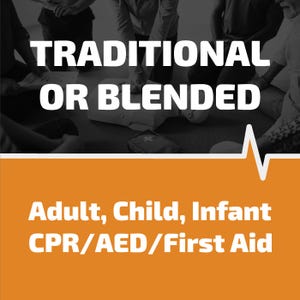
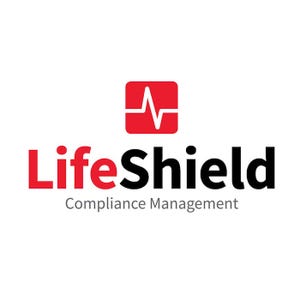
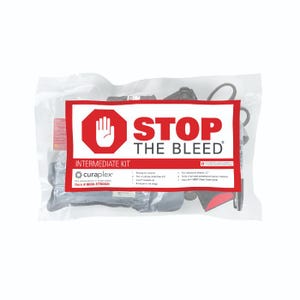
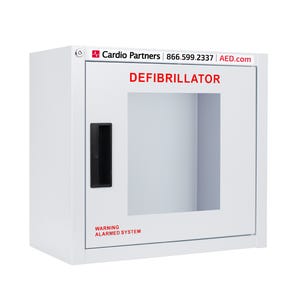
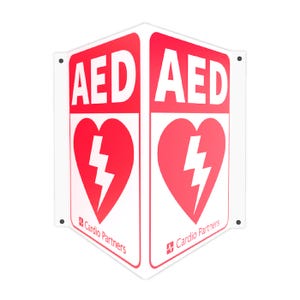
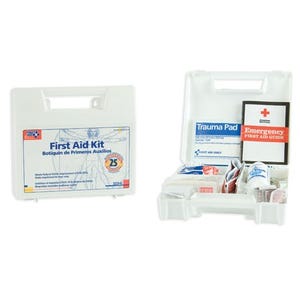
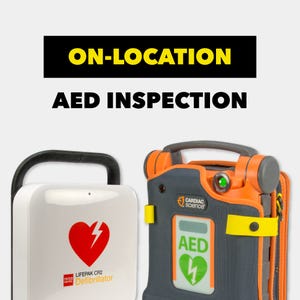

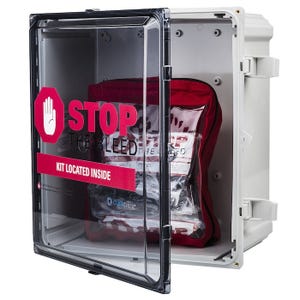
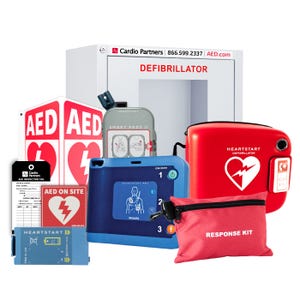
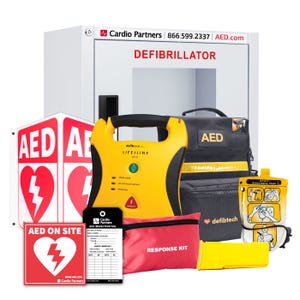
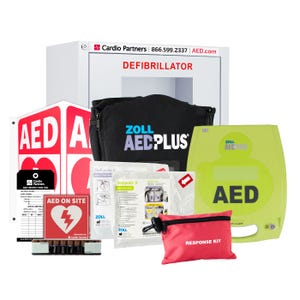
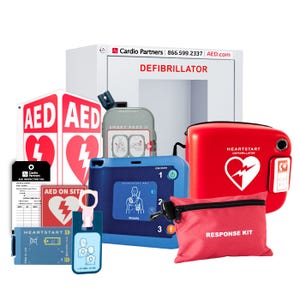
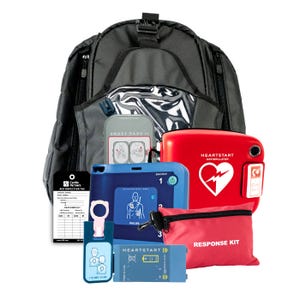
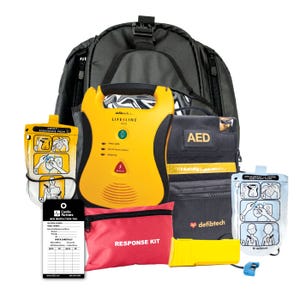
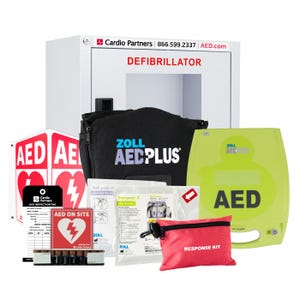
 CALL US:
CALL US: